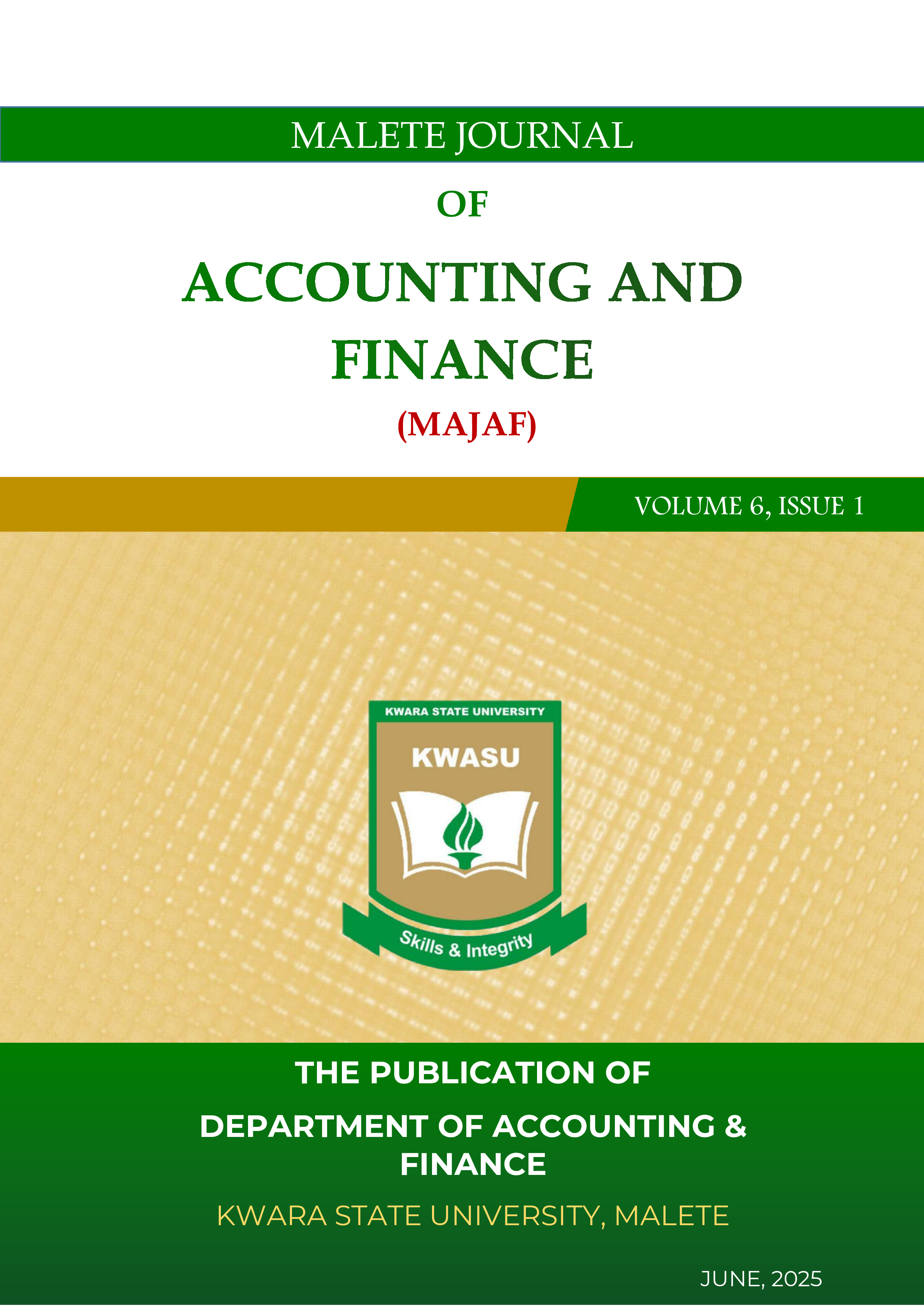REAL EXCHANGE RATE FLUCTUATION AND AGRICULTURAL OUTPUT: THE NIGERIAN EXPERIENCE
Keywords:
Real exchange rate, Exchange rate fluctuations, Agricultural outputAbstract
Agricultural sector holds a dominant place in Nigerian economy. The sector with its heavy reliance on imported inputs and its contribution to export earnings has rendered the sector highly sensitive to exchange rate fluctuations. The rate of fluctuations affects the costs of imported inputs, export competitiveness, consumer purchasing power, and investment flows. This study is an assessment of the impact of exchange rate fluctuations on agricultural output growth in Nigeria. The study used time-series data spanning from 1981 to 2023 which were obtained from the World Bank World Development Indicators (WDI) dataset and employed the Autoregressive Distributed Lag (ARDL) model for estimation. The results show strong persistence in agricultural output, with the first lag positive and highly significant (0.8665, p=0.0002) at 5% significance level and the second lag negative and significant (−0.5641, p=0.0303) at 5% level of significance, indicating cyclical fluctuations. Exchange rate effects are dynamic; while current value is insignificant (p=0.7158), short-run depreciation raises output (0.1988, p=0.0045, 5% level) and prolonged depreciation reduces it (−0.2139, p=0.0050, 5% level). Inflation has no immediate effect (0.0019, p=0.9409) but shows a delayed negative impact (−0.0595, p=0.0472) at 5% level of significance. Interest rates exhibit weak short-run gains (0.2415, p=0.0810), negative intermediate effects, and a strong long-run recovery (0.3527, p=0.0046) at 5% significance level. Based on the findings the study concludes that exchange rate stability, controlled inflation, and affordable credit are necessary complements if agricultural output is to benefit from openness rather than be undermined by it. The study therefore recommends stabilising exchange rates through stronger foreign reserves and export diversification, while promoting local production of agricultural inputs to reduce import dependence. Interest rate policies should also ensure affordable credit access for farmers and agribusinesses, balanced with measures that safeguard long-term growth. These strategies would enhance resilience and sustain agricultural productivity in the face of macroeconomic fluctuations.
Downloads









